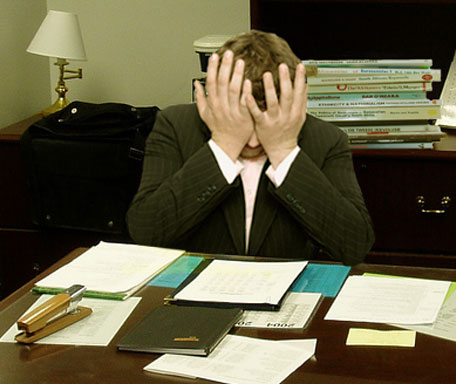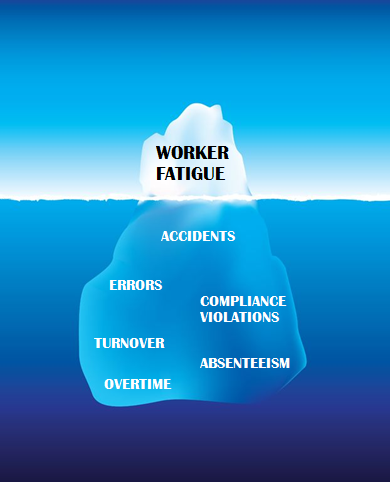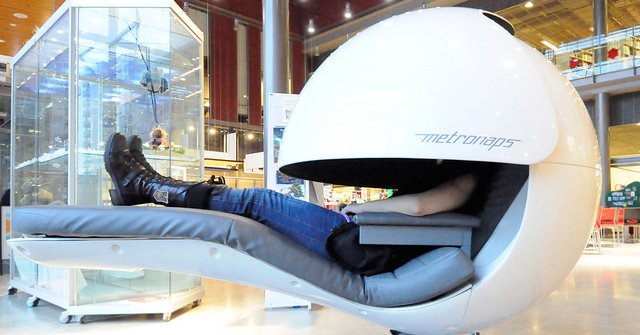Sleep-deprived workers fail to perform
Making employees work overtime at the cost of their sleep isn’t beneficial to any organization; in fact, overtired employees can become a greater economic burden for companies.
A recent report reveals that one in every five employees is sleep-deprived, and of those, more than half are at risk of absenteeism, injuries and accidents. Among those who get below-average hours of sleep, 54 percent are more likely to experience stress in their job.

Sleep-deprived employees are more likely to experience stress at work. From Wikimedia Commons
The report has been compiled by Global Corporate Challenge (GCC), an international firm that collected the data from about 285,000 employees of 1,200 of the world’s most recognized brands. So far, the data sample is one of the largest and most diverse of its kind.
Sleeplessness is a costly affair
 Sleep-deprived workers jeopardize productivity and profits because they put higher economic and healthcare costs on the company. A 2010 Harvard Medical School study revealed that poor sleep quality costs the U.S. economy anything between $65-$165 billion per year.
Sleep-deprived workers jeopardize productivity and profits because they put higher economic and healthcare costs on the company. A 2010 Harvard Medical School study revealed that poor sleep quality costs the U.S. economy anything between $65-$165 billion per year.
Discouraging the modern, technology-focused workplace culture, the GCC Insights report says, “Sleep is as essential as oxygen, food or water and when it is compromised it is no different to starving the body and mind of these other essential elements.”
Employees perform their best when they return to office after getting enough sleep, not when they are compromising their sleep and working odd hours. The official 40-hour workweek culture is slowly extending to 47-hours, according to a Gallup study. Longer working hours and undying connectivity to smartphones and computers have led to the prevalence of Excessive Daytime Sleepiness (EDS)—a condition that is proven to increase the risks of absenteeism and presenteeism, workplace stress, travel accidents, lost-time injuries, and poor physical and mental health in the workplace.
Relationship between sleep and fatigue
Another key finding of the GCC study is that 93 percent of poor to extremely poor sleepers are more likely to display workplace fatigue, a common symptom of EDS. While fatigue is a common result of ignoring sleep among blue-collar workers, white-collar employees report an inability to pay attention, increased work stress, and altered immunity due to poor sleep.
Forty percent of above average sleepers need coffee to get through the day, whereas this figure increases to 52 percent among those who get below-average sleep. The report also finds that “those with below average sleep quality are 2.4 times (240%) as likely to rate their overall health poorly than those with average or above average sleep quality.”
How can employers bring about change?
To increase productivity, companies like The Huffington Post and Nationwide Planning Associates have introduced “nap rooms” to let employees take a nap during working hours.
Google, P&G have installed futuristic “EnergyPods” which are sophisticated sleep chairs to encourage power napping at work.
GCC’s report has a number of suggestions for employers to promote healthy sleep as part of a company’s culture. Along with providing training in sleep optimization, employers can promote physical activities and improve nutrition among workers. It could also be beneficial to encourage employees to be less digitally connected in the evenings.
Category: Miscellaneous













